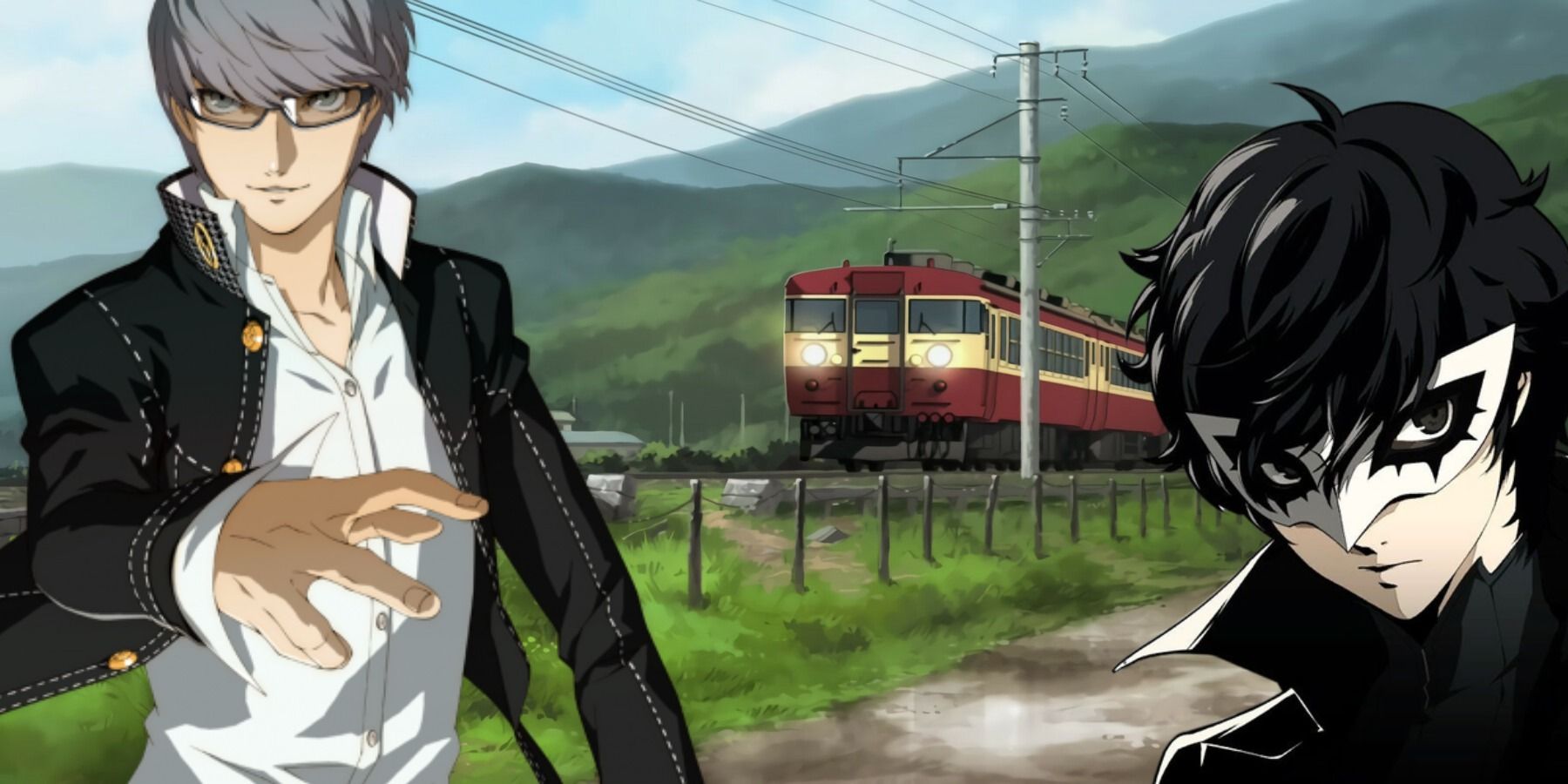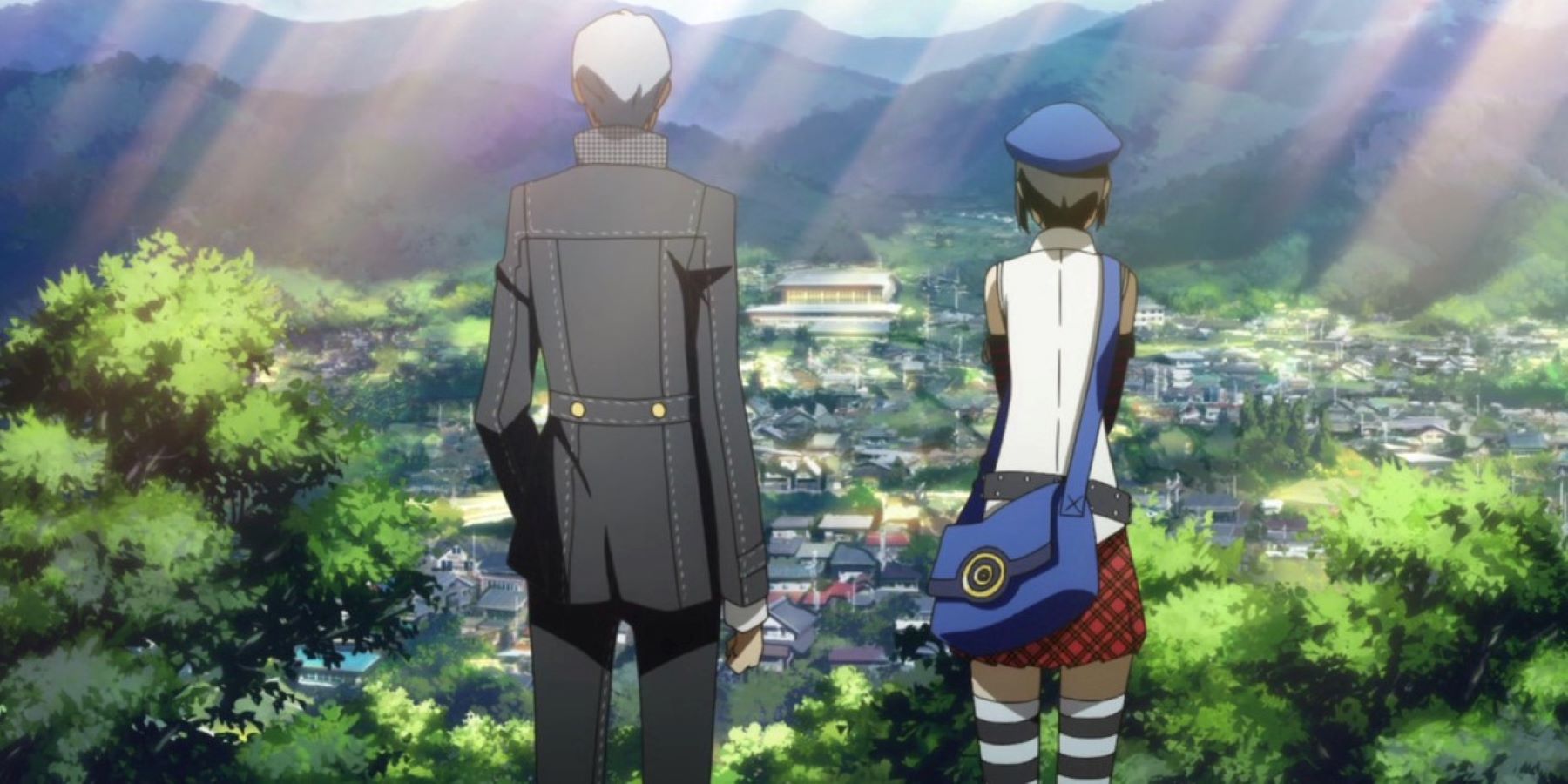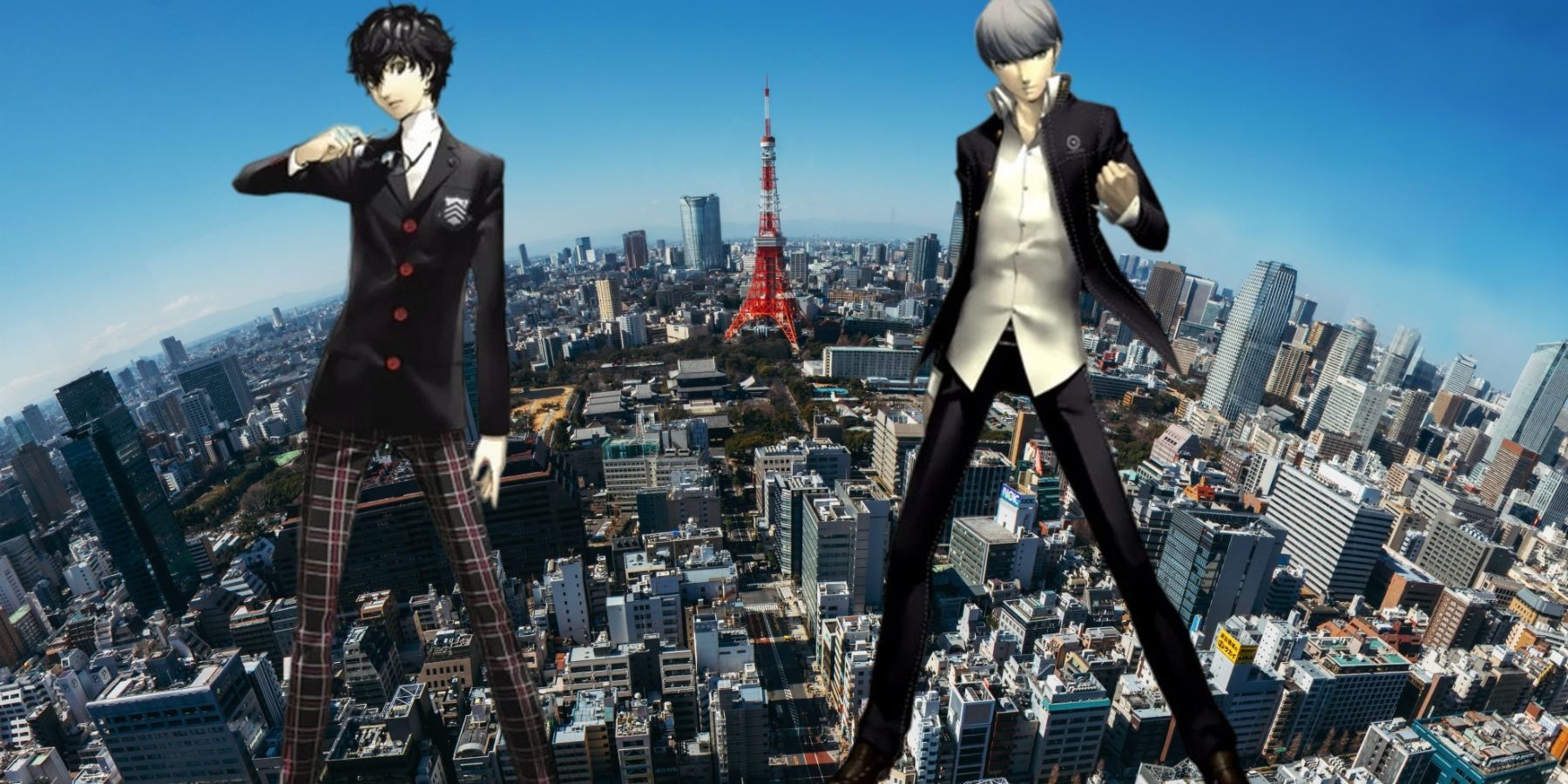Persona may be known to mainstream audiences today thanks to its recent successes, but this wasn't always the case. The series was seen as niche for a long while, since it was a spin-off from the acclaimed, yet occasionally overlooked Shin Megami Tensei games. Thankfully, new players have seen the light as Persona has seen a surge in popularity, which arguably began with Persona 4 Golden on the PlayStation Vita. It improved upon its pioneering predecessor and was a suitable stepping stone to the quality of Persona 5, and one of its best factors is the setting it presents. Persona 6 has a huge legacy to uphold, and returning to a town now abandoned may be a key to keeping all fans happy.
Though the magic of Tokyo in Persona 5 is one of the sources of its charm, Persona 4 offers something truly different. Inaba is small, unassuming, and otherwise run-of-the-mill place in rural Japan, so when the grizzly TV murders start, it thoroughly upsets the harmony. Persona 6 can go in any number of different directions, but Inaba presented such intrigue that the ending left players with more questions about it than they had at the game's outset. Isolated to just one mainline outing, Inaba is wasted potential, and making a return in the next entry would prove to be quite the exciting curveball.
Inaba's Unique Character was Persona 4's Best Feature
Set in a quaint Japanese town far away from the hustle-and-bustle of modern city life, Persona 4 is different from of its contemporaries. Inaba's charm was more than skin-deep, with its local inhabitants feeling like essential sources of genuine curiosity rather than window dressing. Much of the story in Persona 4 feels important because the happenings are so out of the ordinary in such a small, tight-knit community.
Persona 6 should, at the very least, adopt a similar philosophy to make its story feel truly impactful. For all it did well narratively, in Persona 5 it always felt as though the Phantom Thieves were fighting a losing battle, as the speed of Tokyo was often too hard to keep up with. The exploits of the Investigation Team in Persona 4 felt like they truly mattered, and real people's lives were being saved. It's far easier to see the ripples a stone makes in a small pond than in the ocean, and the Tokyo presented in Persona 5 was, in many ways, too dense for its own good.
Persona 6 Needs More than Just a City
Persona carries more than just the burden of its own name, as it has quickly eclipsed the popularity of its parent franchise, Shin Megami Tensei. Plenty of those games take place in a city, as do Persona 3 and 5, and Inaba in Persona 4 was a breath of fresh air away from stifling city settings. It still has so much to give, and taking a return trip in either a small or substantial way could elevate the story while giving fans of the fourth entry something to be excited about.
Rapture's surprise cameo in 2013's BioShock Infinite and Shadow Moses making a chilling reappearance in Metal Gear Solid 4: Guns of the Patriots show that returning to old stomping grounds can provide great story moments, offering a stark change in tone while pleasing long time fans, and rarely isolating new ones. Persona 6 by no means needs to be a sequel to Persona 4, but Inaba excelled on a tonal and narrative level, and as such it would be a shame to see it lost in time.
Persona 6 is in development.



